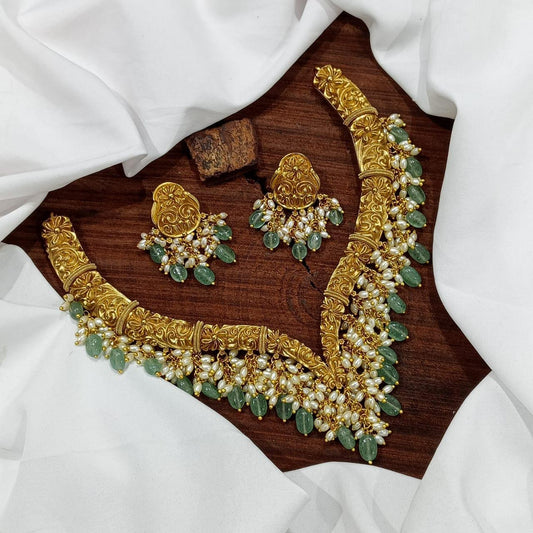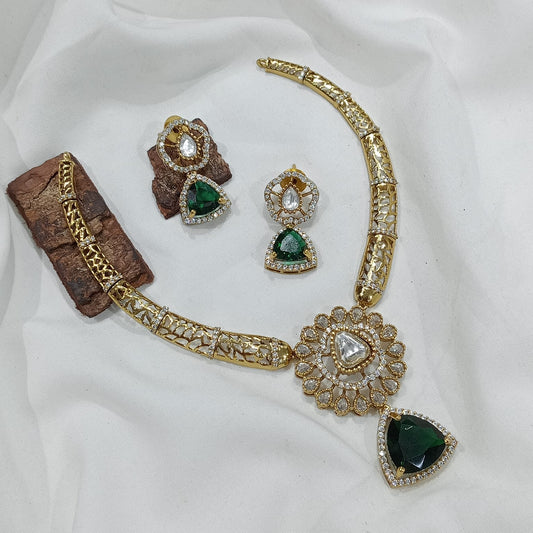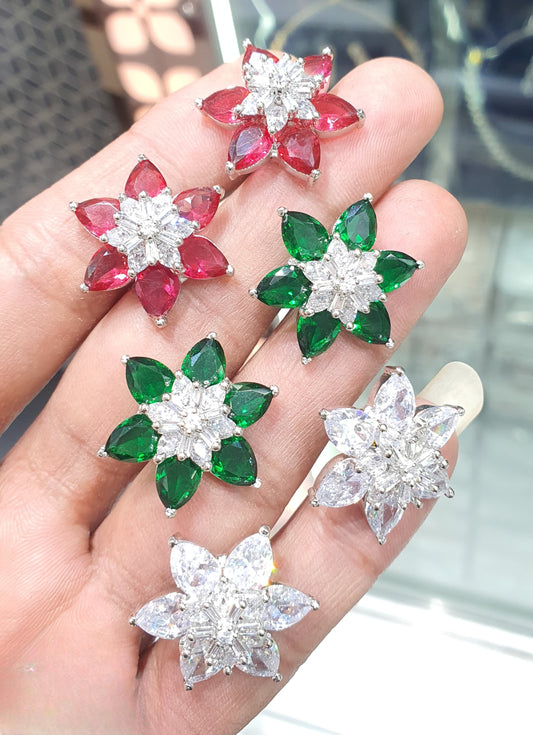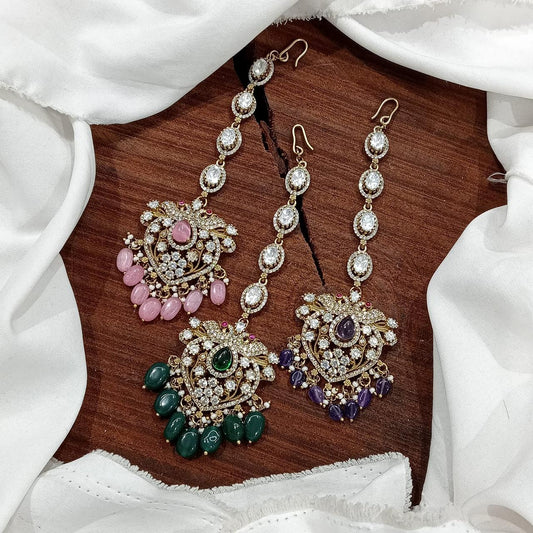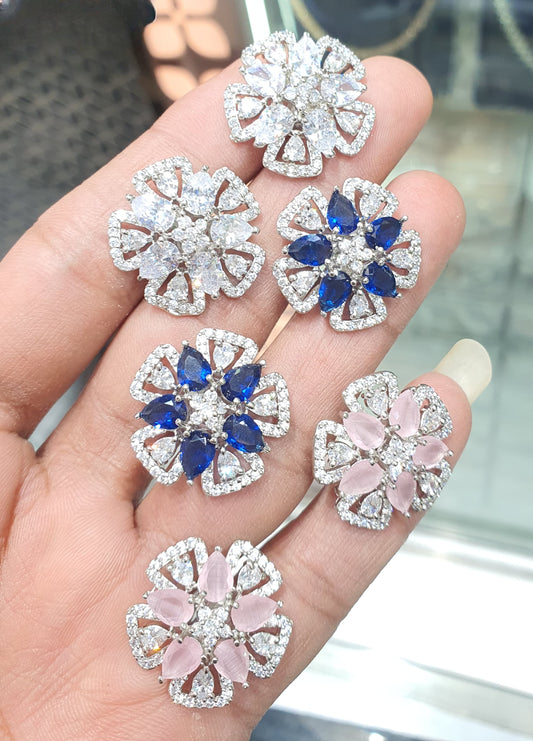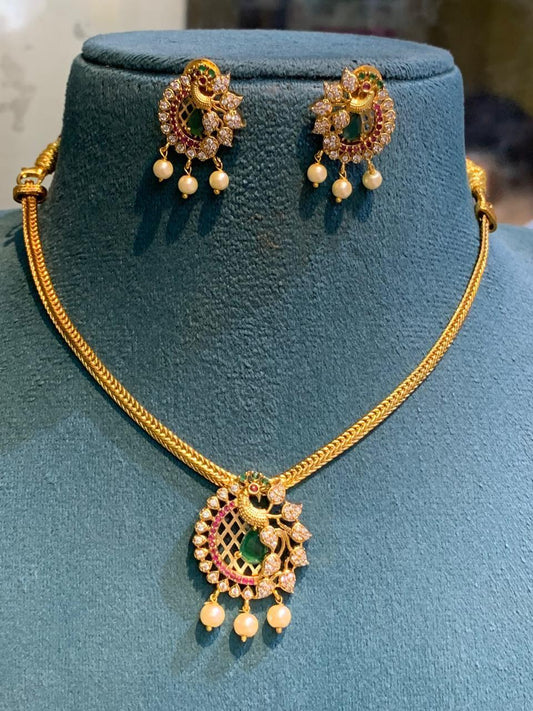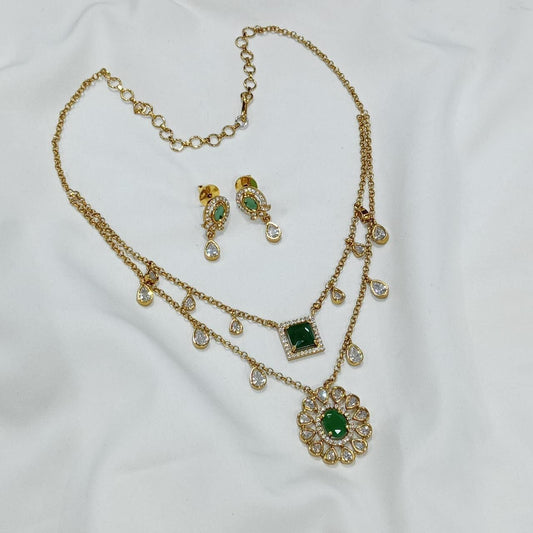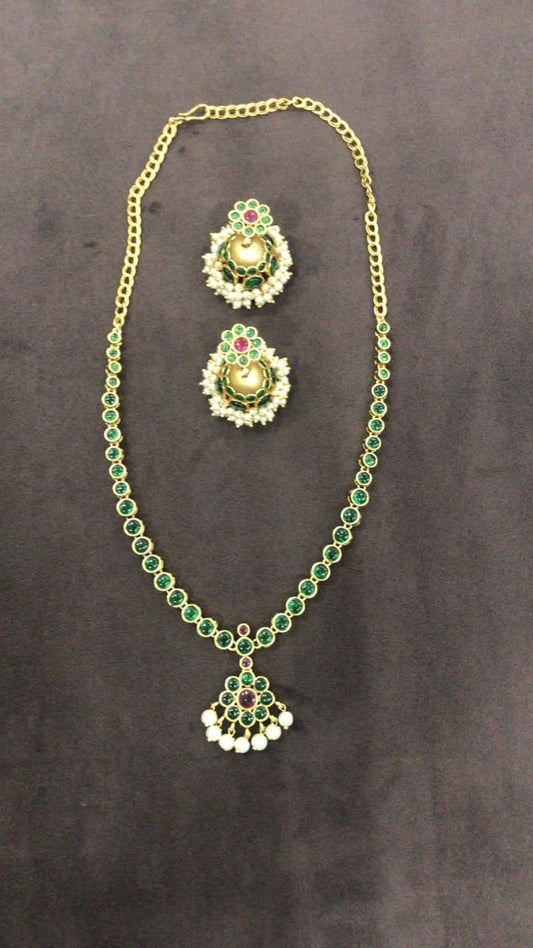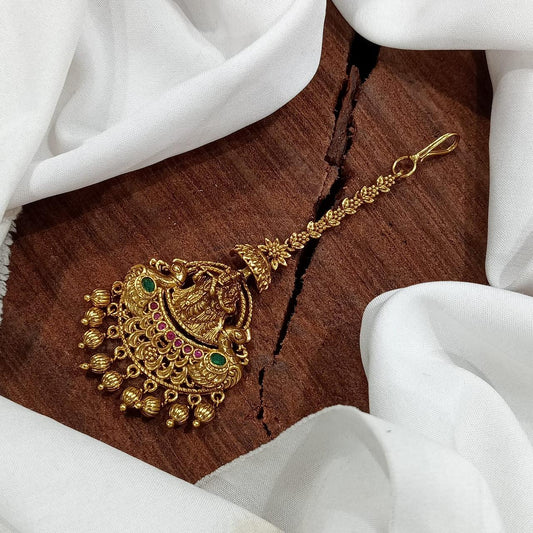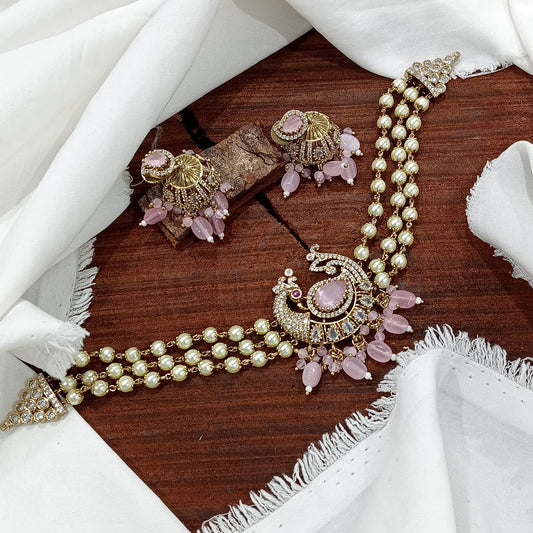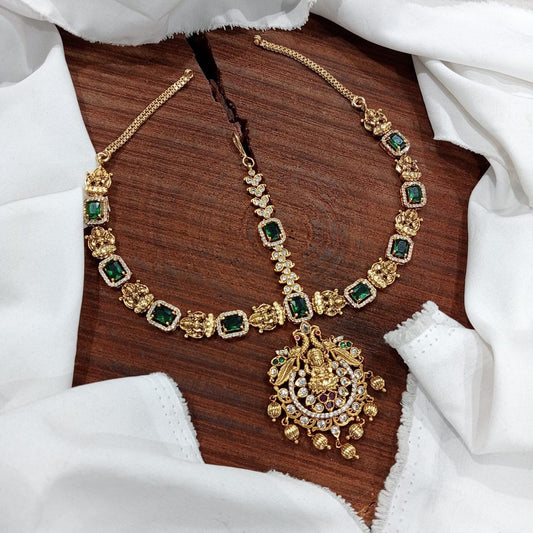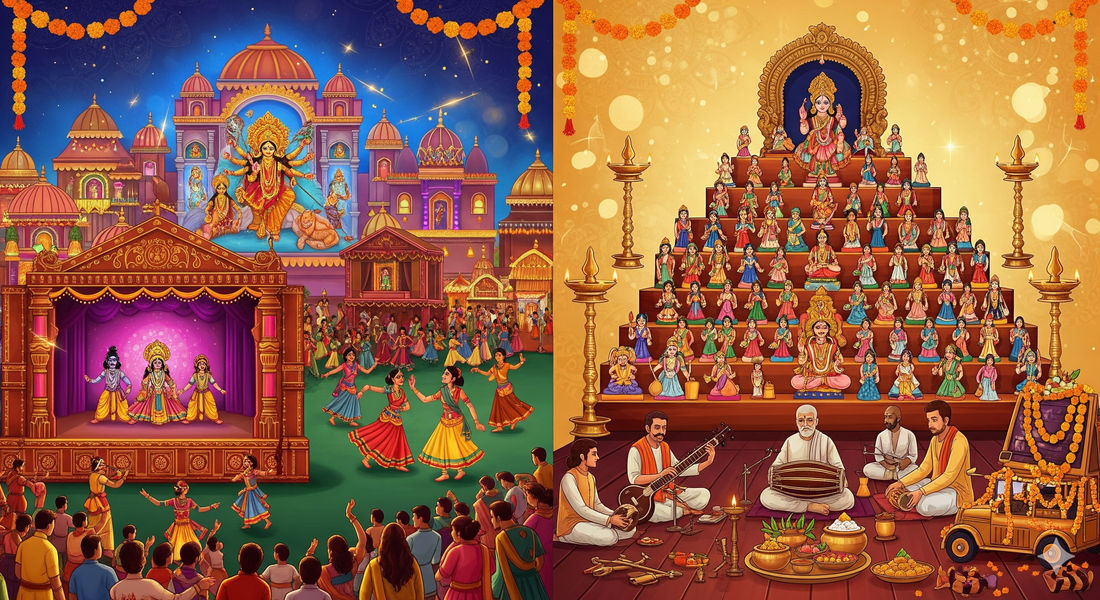
Navarathiri Celebration North India vs South India
Share
Navarathiri is one of the most celebrated festivals in India, dedicated to worshipping Goddess Durga in her nine divine forms. While the essence of devotion remains the same, the way Navarathiri is celebrated in North and South India is beautifully different. These cultural variations make the festival richer and more colorful.
Let’s explore how Navarathiri celebrations differ between North India and South India.
Navarathiri in North India
1.Focus on Durga Puja
-
In states like West Bengal, Assam, Bihar, and Odisha, Navarathiri is celebrated as Durga Puja.
-
Huge idols of Goddess Durga are worshipped for several days and then immersed in rivers or seas.
2.Ram Leela and Dussehra
-
In Uttar Pradesh, Delhi, and northern states, Navarathiri is linked with the Ramayana.
-
Dramatic performances of Ram Leela are staged, ending with Dussehra, when effigies of Ravana, Kumbhakarna, and Meghnath are burnt to mark the victory of good over evil.
3.Fasting and Devotion
-
Many people observe nine days of fasting, consuming only fruits and satvik food.
-
Devotees worship different forms of Goddess Shakti each day, offering prayers, bhajans, and aarti.
4.Community Gatherings
-
In cities like Delhi and Lucknow, large pandals and fairs are organized.
-
Traditional dances like Garba and Dandiya Raas are especially popular in Gujarat.
Navarathiri in South India
1.Kolu (Golu) Display
- In Tamil Nadu, Karnataka, and Andhra Pradesh, families set up Kolu (steps decorated with dolls).
-
Each evening, women and children sing devotional songs, and prasadam is shared with guests.
2.Music and Culture
-
South India gives Navarathiri a cultural touch with classical music, dance performances, and storytelling traditions.
-
Temples host Carnatic music concerts and Bharatanatyam recitals.
3.Prasadam and Sundal
-
A unique offering each day—like sundal, payasam, or pongal—is made to the Goddess and distributed to visitors.
4.Ayudha Pooja and Vijayadashami
-
On the 9th day, Ayudha Pooja is performed, where tools, books, and instruments are worshipped.
-
On the 10th day, Vijayadashami marks the beginning of new learning—children are often initiated into education (Vidyarambham).
Common Thread
Though the rituals differ, the spirit of Navarathiri unites North and South India. Both regions celebrate the victory of good over evil, honor the Goddess, and bring communities together with joy, devotion, and culture.
Conclusion
Navarathiri is not just a festival—it’s a celebration of India’s diversity. In the North, it is marked by grandeur, Ram Leela, and Durga Puja, while in the South, it shines with Kolu, music, and prasadam traditions. Together, these traditions showcase India’s unity in diversity and the shared devotion to Goddess Shakti.

